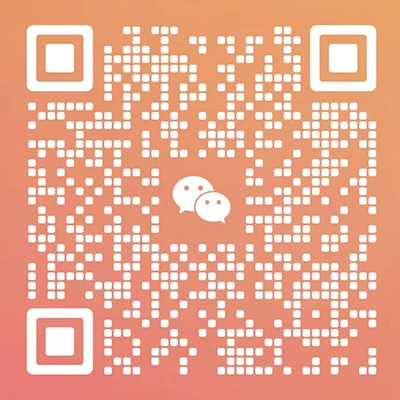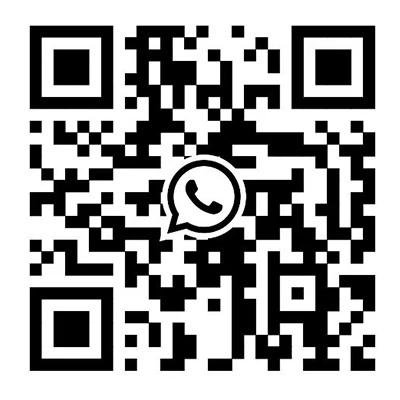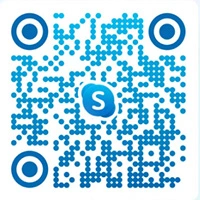Function Of Remote Terminal Unit
1. Monitoring and Data Acquisition:
One of the primary functions of a remote terminal unit is to monitor the field equipment and collect data from multiple remote locations. As a remote terminal unit manufacturer, Acrel's remote terminal units are equipped with sensors and communication modules that enable them to gather information about parameters, such as temperature, pressure, voltage, and flow rate. The RTUs at Acrel Co. Ltd continuously scan the connected devices and acquire real-time data, which is then transmitted to the central SCADA system. This data acquisition function plays a critical role in ensuring efficient operations and quick response to any anomalies or faults in the field.
2. Control and Command:
Apart from monitoring, RTUs are capable of executing control commands remotely. By receiving instructions from the SCADA system, an RTU can control various devices, such as pumps, valves, and switches, and even perform complex operations. This functionality allows the automation of various processes, reducing human intervention and enhancing operational efficiency. With these abilities, the RTUs enable centralized control of widely distributed field devices, making them an essential component in several industries and applications.
3. Communication and Integration:
RTUs serve as communication hubs, facilitating seamless data exchange between the field devices and the SCADA system. Using various communication protocols, such as Modbus, DNP3, and IEC 60870, the RTUs establish reliable connections to transmit data bi-directionally. The remote terminal unit manufacturers, such as Acrel, offer advanced communication modules ensuring compatibility with diverse protocols and systems. Additionally, modern RTUs are capable of integrating other intelligent systems and devices, such as Programmable Logic Controllers (PLCs), enabling a seamless flow of information and enhancing the overall system effectiveness.
Remote Terminal Unit Block Diagram
The block diagram showcases how different components of an RTU work together to accomplish its functions. The remote terminal unit block diagram consists of essential components, such as the Processor, Memory, I/O Modules, Communication Interface, and Power Supply. These components work harmoniously to enable data collection, control, and efficient communication with the central SCADA system.
In conclusion, remote terminal units are integral to modern control and automation systems. Their ability to monitor, control, and acquire data remotely is crucial for efficient operations in numerous industries. With the advancements made by remote terminal unit manufacturers like Acrel, these devices continue to evolve and provide enhanced functionalities. The remote terminal unit block diagram demonstrates the collaboration of various components, emphasizing their importance in the overall operation of SCADA systems. With their indispensable role, RTUs undoubtedly play a key role in ensuring efficient and reliable industrial automation and control.

 EN
EN
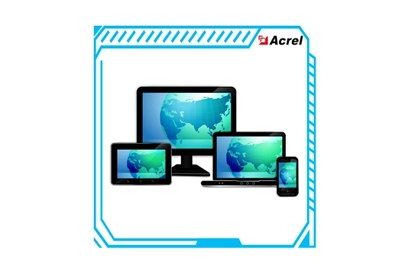
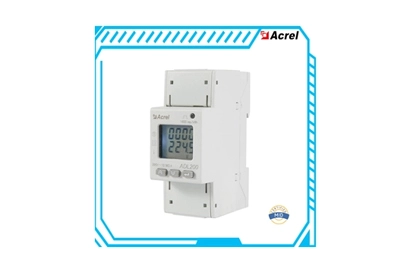
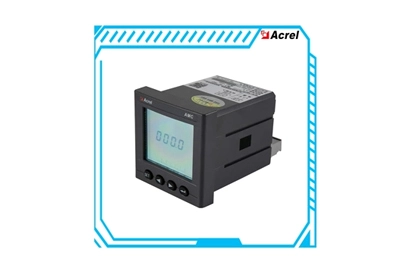
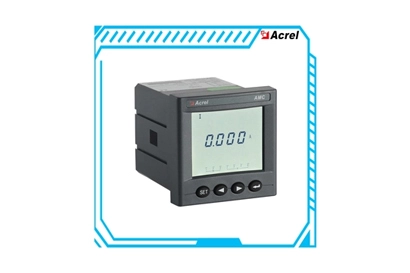

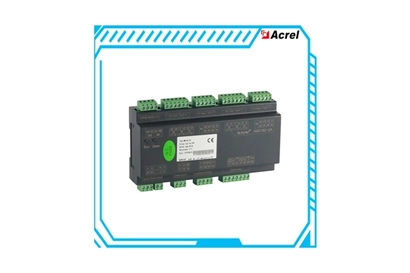
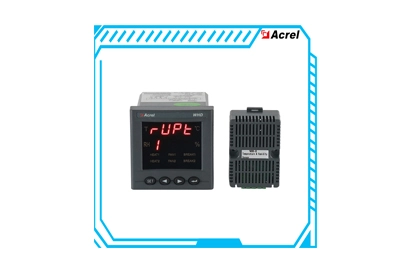
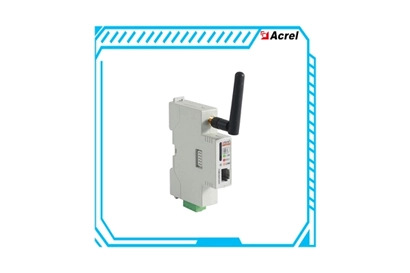
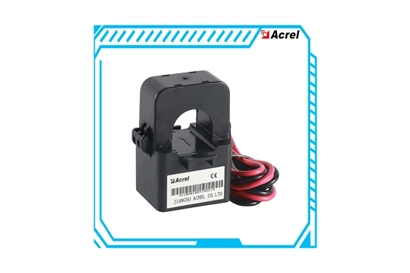


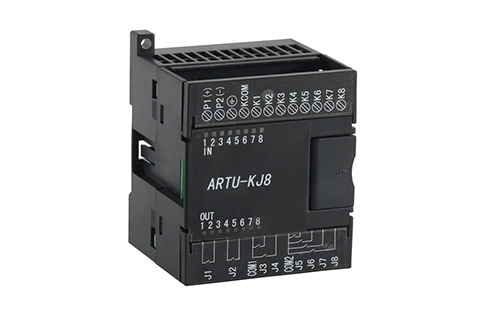



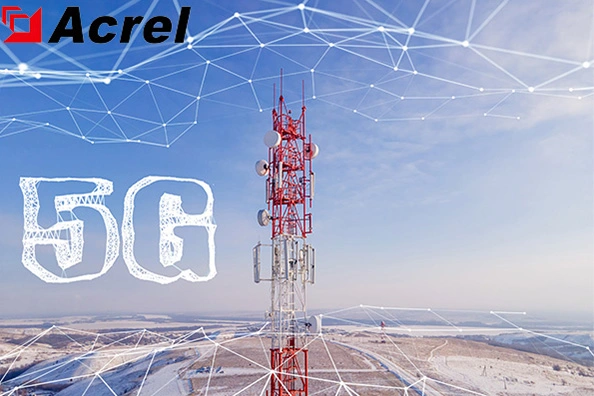
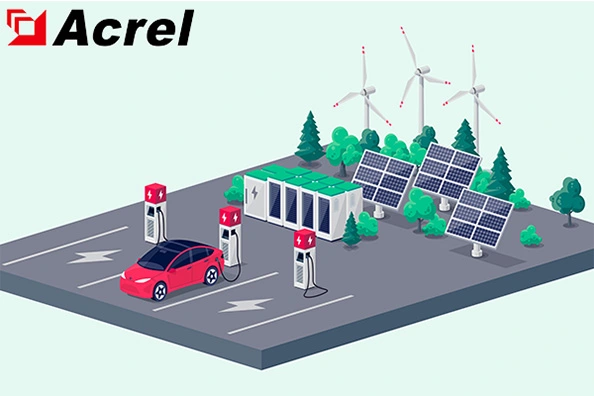
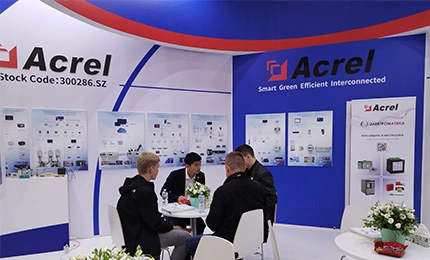

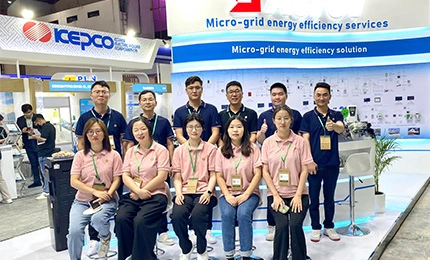
 Call us on:
Call us on:  Email Us:
Email Us:  No. 253, Yulv Road, Jiading Zone, Shanghai, China
No. 253, Yulv Road, Jiading Zone, Shanghai, China 